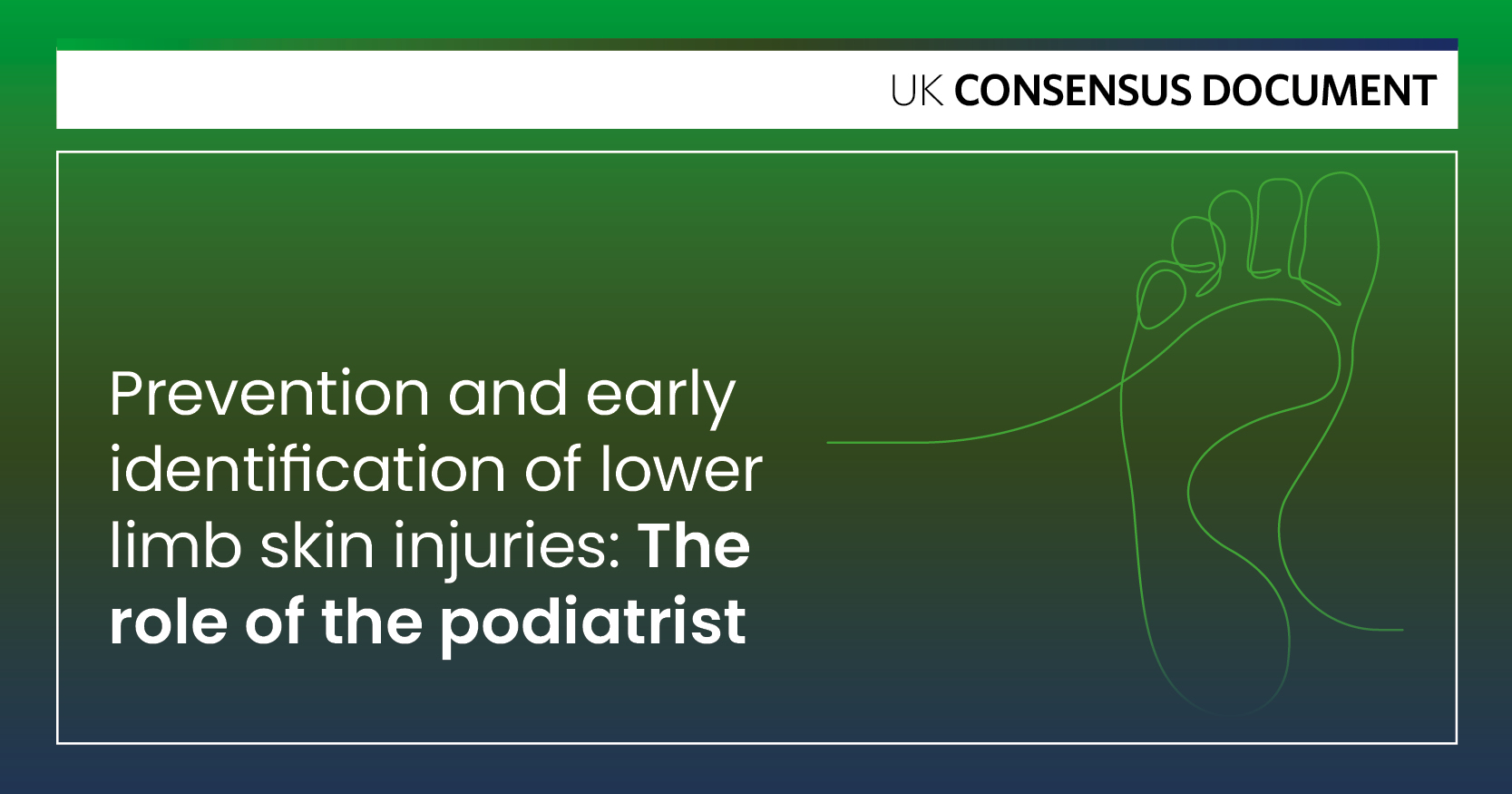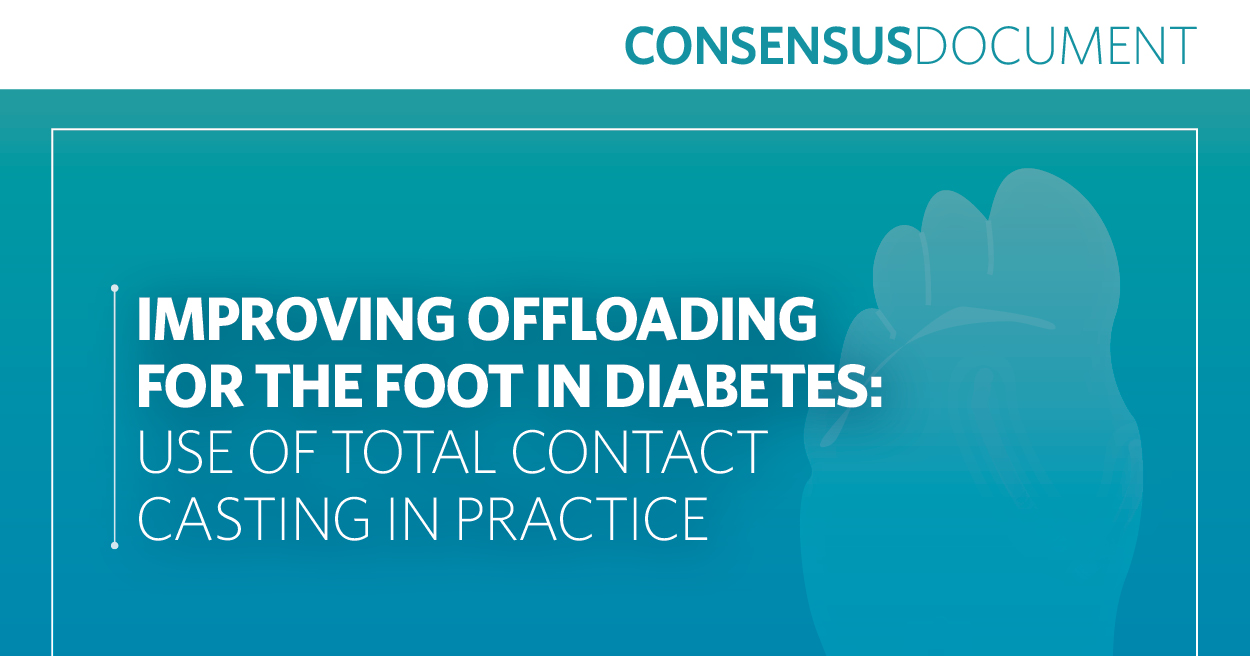Amputation is a major complication of diabetes with up to 2.5/1,000 patients with the condition requiring amputation (major or minor) in areas of the UK (Rayman et al, 2004). In some instances, it has been suggested that amputation may have been prevented if appropriate care had been instigated and there is a considerable amount of guidance to indicate what constitutes appropriate care (National Institute for Health and Clinical Excellence [NICE], 2012) and how it should be delivered (NICE 2006; NHS Diabetes, 2011).
A major thrust of recent Department of Health (DH) strategy is to prevent avoidable harm (DH, 2010a) and it has clearly identified that the safety of patients should be everyoneís highest priority (Patient Safety First, 2009). This is based on the quality, innovation, productivity and prevention document (DH, 2010b), which identifies work streams that focus on the provision of, as the document terms it, ‘safe care’ and ‘right care’, clearly identifying that patients should have high-quality care delivered first time, every time.
Unfortunately, in the real world this does not always happen and occasionally errors occur. When mistakes do take place it is generally acknowledged that they should be both properly reported and investigated, but that also that clinicians should learn from the event. This is termed as the reporting of a critical incident (see Box 1 for alternative terms commonly used in practice).
Taub et al (2010) reviewed the literature in an attempt to identify patient safety systems for people with diabetes in primary care. They concluded that there is limited information in existence and that investigation into how adverse situations occur is needed.
Root cause analysis
One way of investigating critical incidents is to follow the principles of the root cause analysis (RCA). The purpose of RCA is to uncover the actual events behind an incident and understand them instead of simply fixing the most obvious problem or individual. An RCA follows a process to identify the causes that underlie any variation in performance, including the occurrence of critical or sentinel events (any unanticipated healthcare event resulting in death or serious physical or psychological injury to a patient or patients, not related to the natural course of the patient’s illness).
The RCA seeks to identify where a service’s procedures and practices fell down and why ó it is not designed to attribute blame. This has shifted the analysis of adverse events towards a ‘human factors engineering’ approach, dealing with the capabilities and limitations of human performance in relation to the design of tasks and the physical environment. This approach looks for system vulnerabilities rather than human error and other less actionable root causes (Bagian et al, 2002).
To date, there are no data on how many clinicians are currently undertaking RCAs on critical events related to diabetic foot care, but a recent English survey of tissue viability services caring for patients with pressure ulcers identified that 99% (n=147) were following an RCA process (Wounds UK, 2012). These processes should serve to help redesign service structures and act as an educational tool. Highlighting common errors in the care process allows senior clinicians to provide focused education, for instance by using real life scenarios or vignettes to illustrate the importance of providing the right care.
The traditional person-centred approach to the causes of adverse incidents is designed to attribute blame and identify the person who needs to be punished. It suggests that individuals who make errors are careless, at fault or reckless, and that by removing an individual it is possible to improve safety.
The systems approach, however, suggests that poor organisational design sets people up to fail and the way to improve practice is to change the systems – see example in Box 2, where, under the old system, it would be easy to blame the community podiatrist.
The NHS Institute for Improvement and Innovation (2012) suggests the use of five ‘whys’ to identify the root cause of a problem, each removing a layer of the issues. Following the example in Box 2, the answer to the question, ‘Did the clinician make reasonable attempts to contact the patient?’ might be, ‘No’. However, instead of using this as evidence of the clinician’s fallibility, it might be more productive to ask, ‘Why didnít they contact patient?’ and so on until there are no more questions to be answered The technique is further explained in Box 3.
Amputation
When considering the pathway to amputation, for instance, there are several common, but crucial, points to consider, including:
- Was this an undetected patient?
- Was there a slow deterioration?
- Was there inappropriate management?
- Was there an inappropriate pattern of patient behaviour?
- Was the incident related to an acute catastrophe?
- Was the incident a result of a fault in the processes?
Any of these factors could have The NHS Institute for Improvement and Innovation’s (2012) five ‘whys’ applied to them in an effort to identify the cause. This is important because if the incident is indeed related to a system or process error then it may be repeated. In many instances, patterns will be uncovered by adverse event reporting and these should be addressed using a systems approach.
Conclusion
The NHS is increasingly focused on reporting incidents, in either a paper or electronic format (such as the Datix® system). If an incident is deemed sufficiently serious, it may be escalated into a report to the commissioning body, which could have implications for future funding.
However, clinical commissioning groups in some areas of the country are already using incident reporting to identify system and process issues and in many cases working on service redesigns and reconfiguration. This can only result in improvements in service delivery and better outcomes for patients.
Useful resources:
Root cause analysis investigation
Example from pressure ulcer pathway





